Tartan is a fabric that never seems to go out of fashion. Whilst its roots in Scottish history originally stem from the clan days, this woollen cloth is as present in the country now as it has ever been. During the months I spent on the Isle of Skye, I became very interested in tartan and was keen to learn the history behind it. If you are also interested in the Isle of Skye tartan or simply want to know what to look for when buying tartan, you’ve come to the right place.
Read more: (opens in new tab)
- Best Things to do on the Isle of Lewis
- Facts About the Isle of Skye, Scotland
- Best Castles on the Isle of Skye
A Brief History Of Tartan
To put it simply, tartan is a type of woollen cloth that consists of vertical and horizontal bands crisscrossed, in various colours. The fabric is as synonymous with Scotland as alpaca products are with Peru and it is all but impossible to visit and avoid seeing tartan for sale.
Tartan has been worn in the Highlands of Scotland for centuries and the earliest known tartan can be dated to the third or fourth century AD. Whilst it has been suggested that initially, designs were fairly random, tartan patterns eventually came to represent different clans and form a part of their identity.
After the Battle of Culloden in 1746, the English government attempted to eradicate Scottish culture in a bid to force the rebel clans to conform and disband. They passed an Act of Parliament which banned the wearing of tartan (along with the carrying of weapons). This act was enforced aggressively and although it was later repealed, it took many years for the Scots to begin embracing tartan again.
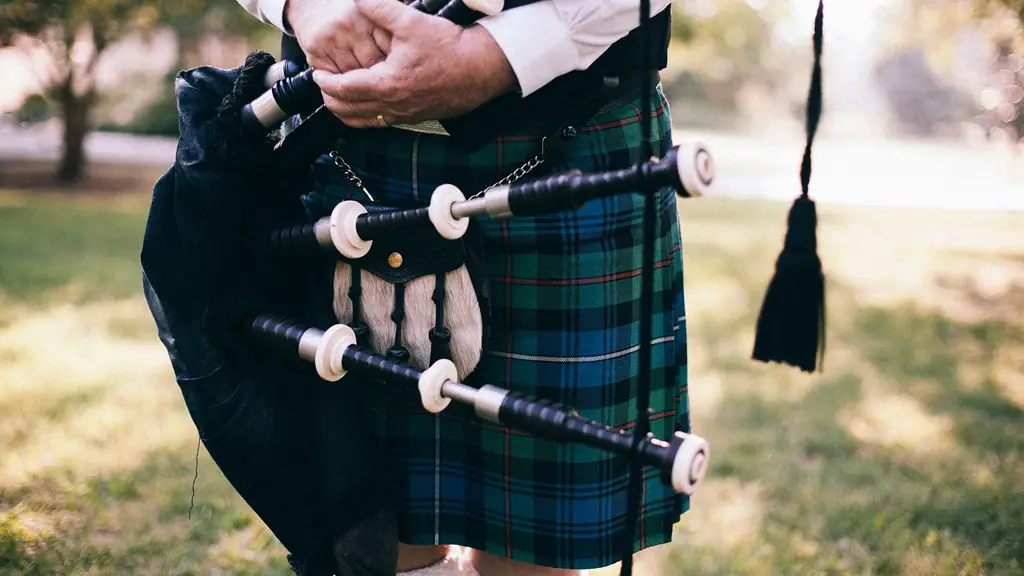
Traditional Scottish dress is still worn at a number of formal occasions, including at weddings. You don’t need an official occasion to wear your tartan though, these bright garments can be enjoyed anywhere!
Whilst tartan is a beautiful fabric in its own right, it is the development of tartan lore which has made this fabric so interesting. As well as representing your clan, tartan can also represent your family, hometown or royal standing. Each official tartan pattern has to be registered with The Scottish Register of Tartans who make a note of the tartan owner, designer and also add a sample to their collection.
Isle of Skye Tartan
After spending an entire summer on the Isle of Skye, I was very interested to learn about the history behind the Isle of Skye tartan. First dated in the Scottish Register of Tartans on 01/01/1992, this tartan was recorded prior to the establishment of the register in 2009. The tartan was registered by Mrs Rosemary Nicolson Samios, an Australian of Skye descent and designed by Angus MacLeod of Lewis after he won a tartan designing competition.
Isle of Skye tartan is made up of purple, brown and green with a light grey stripe. The design was created with the colours of the Misty Isle in mind and the colours are said to represent the landscape and scenery on Skye. The purple comes from the heather, the greens from the lochs and sea and the brown and grey comes from the hills and mountains, most notably the Cuillin Mountain Range.
As the Isle of Skye tartan represents a district, it has no clan affiliation. It covers the whole of the island which is the largest island in the Inner Hebrides. At the opening of the Scottish parliament, Isle of Skye tartan was donned by the Queen.
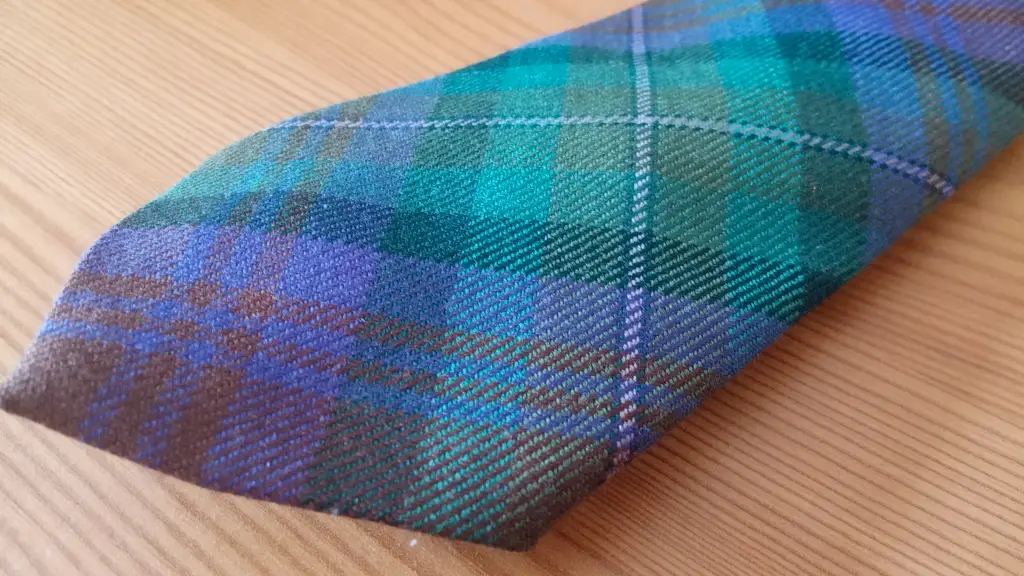
Who Can Wear Isle of Skye Tartan?
Whilst people are largely encouraged to wear the tartan associated with their surname, it is sometimes difficult to find a match owing to changes in spelling and the evolution of names over the years. You may need to do a little research to discover the origins of your surname and instead use this to find your tartan. If you unearth the finding that you are descendant from a Scottish clan, you can also wear the official clan tartan.
If (after your extensive research), you discover that you have no Scottish heritage, you should seek out a universal tartan. Examples of these include Black Watch, Highland Granite, Caledonian, Jacobite and luckily for you, Isle of Skye tartan!
Whilst this is the traditional take on which tartan you should wear, it really is up to you! The Scots are a friendly bunch and love to welcome visitors to their home. If you are caught wearing clan tartan that you have no affiliation with, the Scots are likely to be pleased that you want to be a part of the community. Alternatively, if you don’t feel comfortable with this, you could always design your own tartan!

Tartan vs. Plaid
A frequently asked question from those buying tartan is how exactly does tartan differ from plaid?
Tartan
Essentially, tartan consists of multiple horizontal and vertical coloured stripes which crisscross. When the different colours come to overlap, they create new colours.
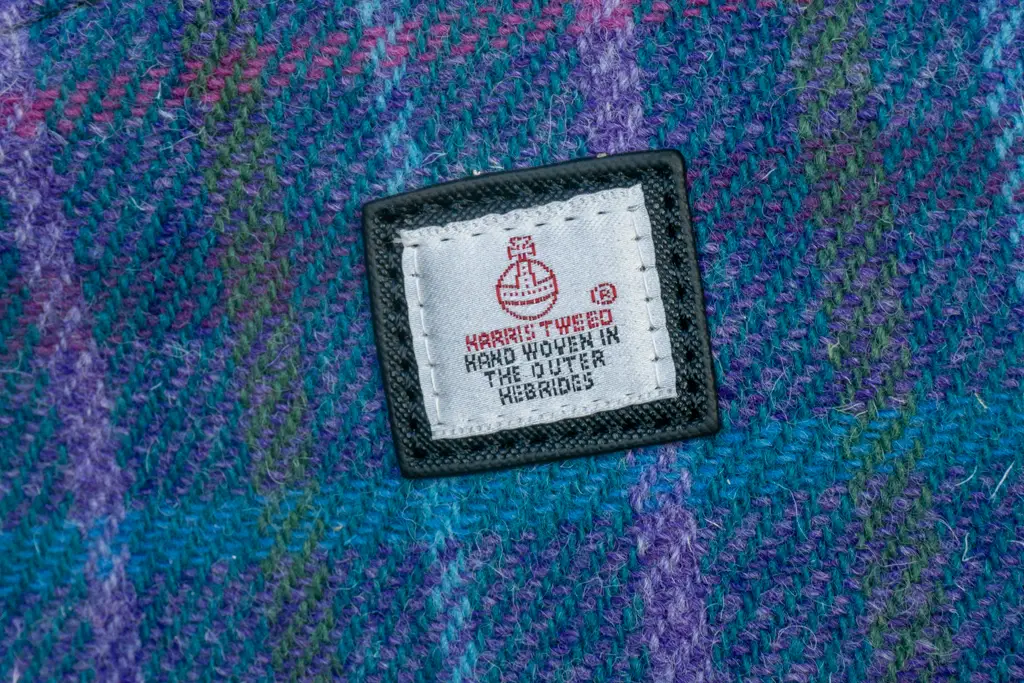
Plaid
Traditionally, plaid was a specific type of woollen garment worn by the Scottish. The garment was worn around the waist and hung over the left shoulder. To increase the confusion, the pattern on the plaid was tartan. Confused yet?
Plaid is often used as a synonym for fabric which features patterns created from coloured lines. This is where the confusion with what is plaid and what is tartan comes in.
Buying Tartan
When you head into a specialist tartan shop for the first time, the array of colours can be somewhat dazzling. There is so much choice, that it is sometimes impossible to know where to start! I recommend beginning with an idea of the kind of tartan you want.
If you are in the market for something which is solely aesthetically pleasing, you can browse until you stumble across something you fancy. However, if you want something with more sentimental value, then have a chat with the store person about how to find your clan tartan or the tartan associated with your surname. It helps to have done your research on this beforehand but if you haven’t, many of these stores will have documents to help.
If you have no Scottish heritage and can’t find a tartan associated with your name, search instead for one of the many universal patterns. When it comes to the types of clothes available in tartan, you will find plenty to suit, with most shops stocking everything from ties to kilts to sporrans.
Authentic pattern tartan can be very expensive so bear this in mind when you’re looking around the shops. If you are looking for a budget souvenir, a scarf or a blanket is probably the best choice. A custom made kilt and jacket in Isle of Skye tartan will set you back around £730!
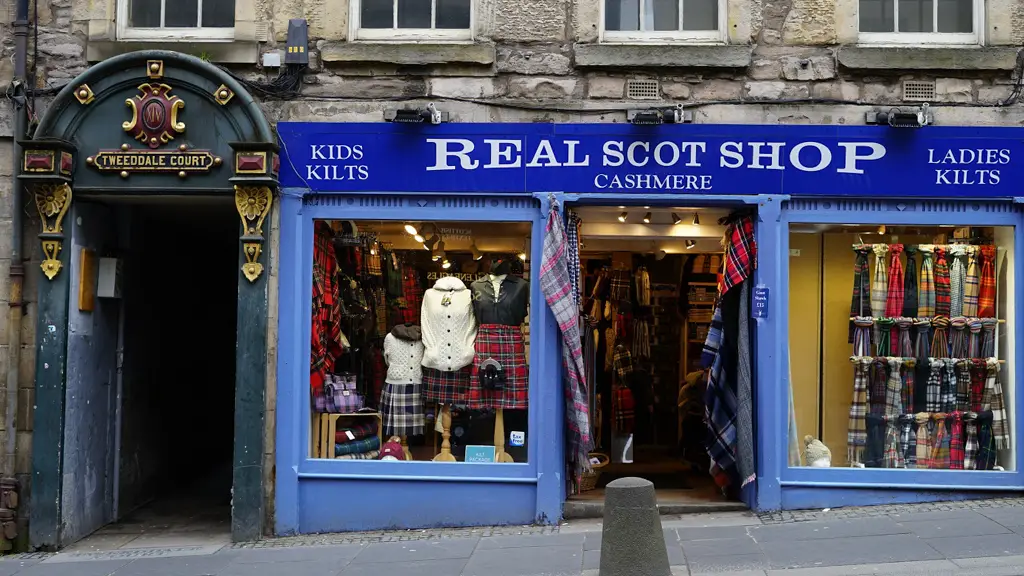
Buying Tartan Online vs. In a Shop
Although it is possible to buy Isle of Skye tartan online, I recommend visiting a shop for a couple of reasons. Firstly, you can have a wee chat with the staff. The Scots are a fiercely patriotic bunch and many of them will be able to tell you far more than I ever could about the history and symbolism behind the different tartan patterns.
Secondly, it is best to visit a shop because many of the colours on a computer screen just aren’t that true to life. By seeing the item first hand and trying on the garment of your choice, you’ll have a better idea of how it suits you and whether this is the best pattern to fit your needs.
If you’re looking for an Isle of Skye tartan shop, Portree Knitwear Company is my favourite.
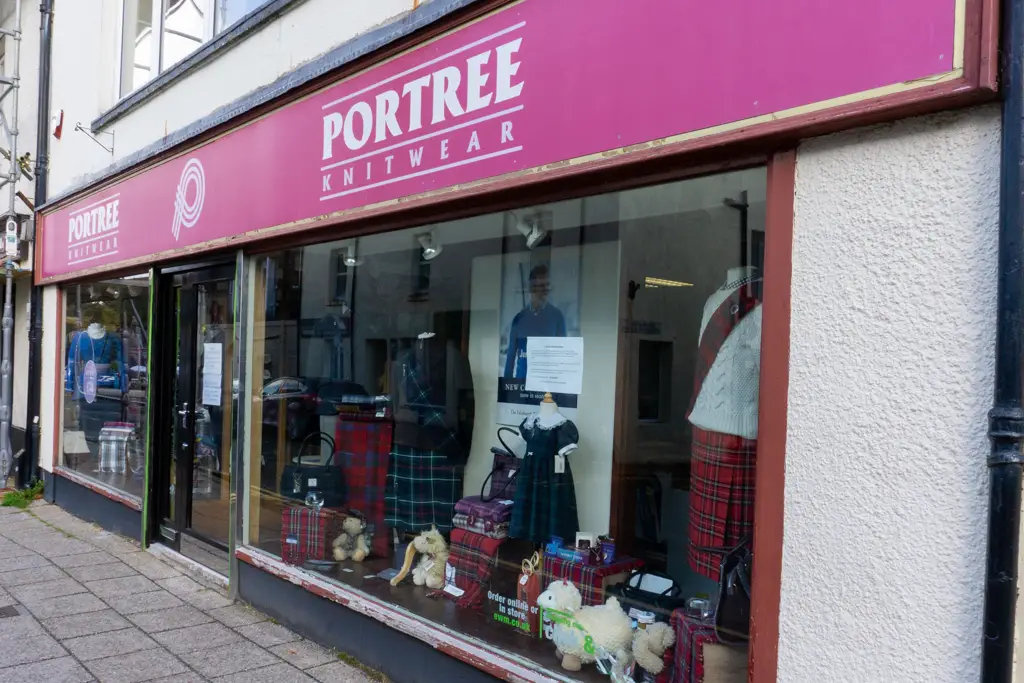
Portree Knitwear Company
11 Wentworth Street, Portree, Isle of Skye, IV51 9EJ
Located in the middle of Skye’s most popular town Portree, Portree Knitwear Company stocks several brands including Harris Tweed, Lochmere Pure Cashmere and James Pringle. As you would expect, they stock a whole range of tartan, including the iconic Isle of Skye tartan. This is definitely a worthwhile stop on your visit to the Isle of Skye and the only place to go if you’re looking to get kitted out for the Skye Highland games!
Header photo image: Grumpy Camel.
Do you own any Isle of Skye tartan?

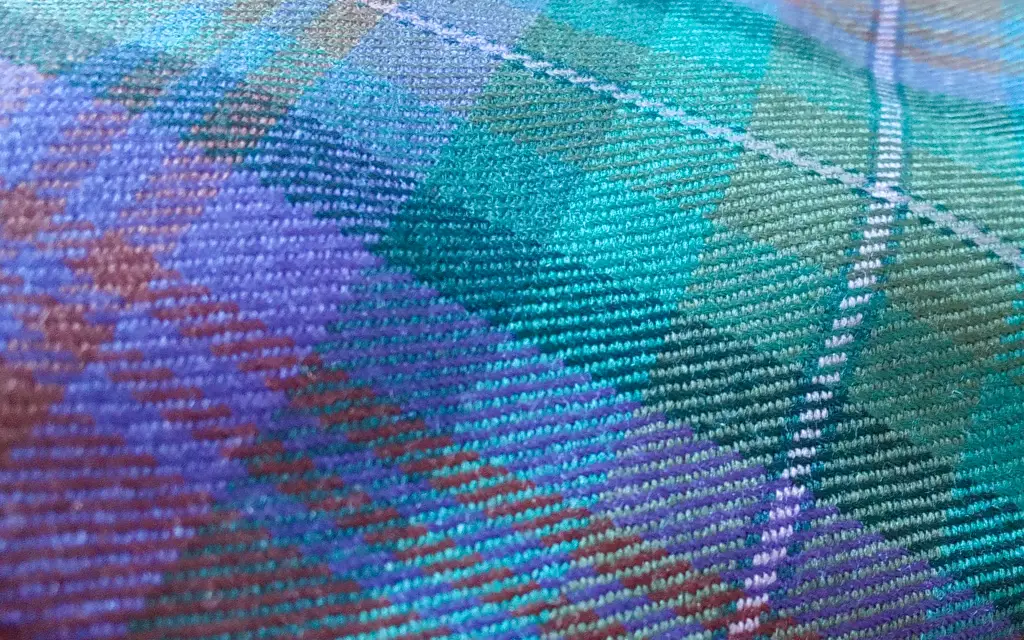

I have a face mask in Skye tartan. Though I don’t share the surname, I have a clan lineage from clan Mac Aimlaidh and can wear that tartan as a family member. However, the Skye tartan is beautiful
Wow, I find the clan history behind all of the tartans so interesting! Skye tartan is still my favourite though 😉